Companion Plants to help with pollination
KH 888
14 years ago
Related Stories

EDIBLE GARDENSGarden BFFs? Why Your Vegetables Are Begging for Companion Plants
Foster friendships among plants for protection from pests, pollination support and color camaraderie
Full Story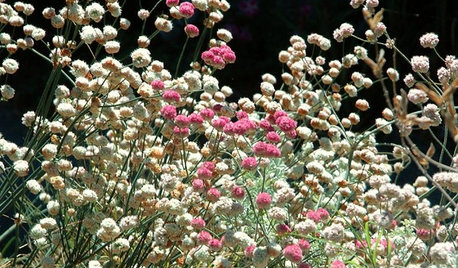
GARDENING GUIDESGreat Design Plant: Eriogonum Nudum, a Summer Oasis for Pollinators
Naked buckwheat is a bee and butterfly magnet with an easy nature, a tough constitution and profuse pom-pom flowers in summer
Full Story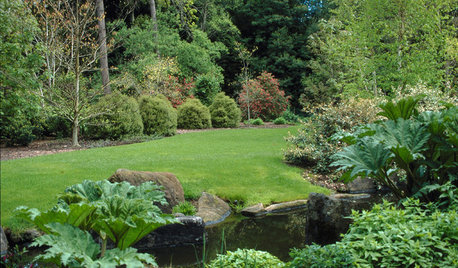
GARDENING GUIDESYou Don't Need Prairie to Help Pollinators
Woodlands, marshes, deserts — pollinators are everywhere
Full Story
NATIVE PLANTSPlant These Fall-Flowering Natives in Early Summer for Pollinator Love
These 3 groups of plants will support masses of beneficial insects come autumn
Full Story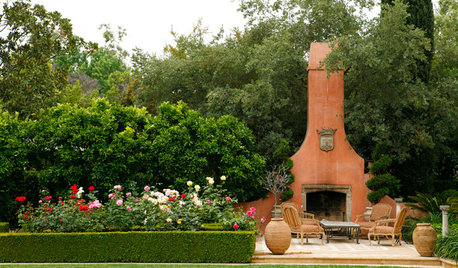
LANDSCAPE DESIGNMake Your Roses Even More Beautiful With These Companion Plants
Nourish your rosebushes and create a visual feast with these 7 classic and unexpected plant pairings
Full Story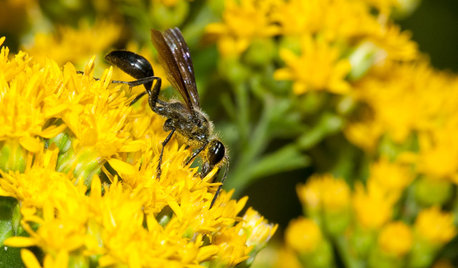
GARDENING GUIDESMeet the Grass-Carrying Wasp, a Gentle Pollinator of Summer Flowers
These fascinating insects nest in wood cavities and hollow plant stems
Full Story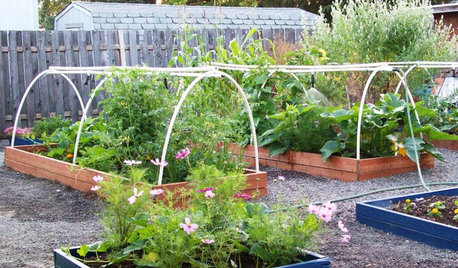
BENEFICIAL INSECTSAttract Pollinators for a Productive Edible Garden
You can lure bees, butterflies and birds into your yard with the right flowers and nesting spots
Full Story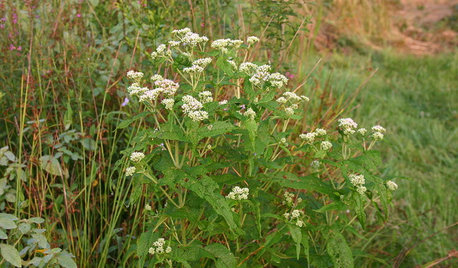
GARDENING GUIDESGreat Design Plant: Common Boneset Helps Good Bugs Thrive
Support bees, moths and butterflies with the nectar of this low-maintenance, versatile and tactile prairie-style plant
Full Story
GARDENING AND LANDSCAPINGBe a Citizen Scientist to Help Wildlife, Learn and Have Fun Too
Track butterflies, study birds, capture stars ... when you aid monitoring efforts, you’re lending Mother Nature a hand
Full Story
PETS6 Ways to Help Your Dog and Landscape Play Nicely Together
Keep your prized plantings intact and your dog happy too, with this wisdom from an expert gardener and dog guardian
Full Story





weirdtrev
KH 888Original Author
Related Professionals
Danbury Landscape Architects & Landscape Designers · La Marque Landscape Architects & Landscape Designers · Saint Charles Landscape Architects & Landscape Designers · South Orange Landscape Architects & Landscape Designers · Norwood Landscape Contractors · Cary Landscape Contractors · Nanuet Landscape Contractors · Southbury Landscape Contractors · Stallings Landscape Contractors · Wayland Landscape Contractors · Whittier Landscape Contractors · Crowley Landscape Contractors · Daphne Driveway Installation & Maintenance · Greensboro Driveway Installation & Maintenance · Gurnee Driveway Installation & Maintenancedigdirt2
vikingkirken
austinnhanasmom
mad_gardener
mamamia_farmer
Karen Pease
spiced_ham
granite
booberry85
shebear
leira
korney19
susaneden